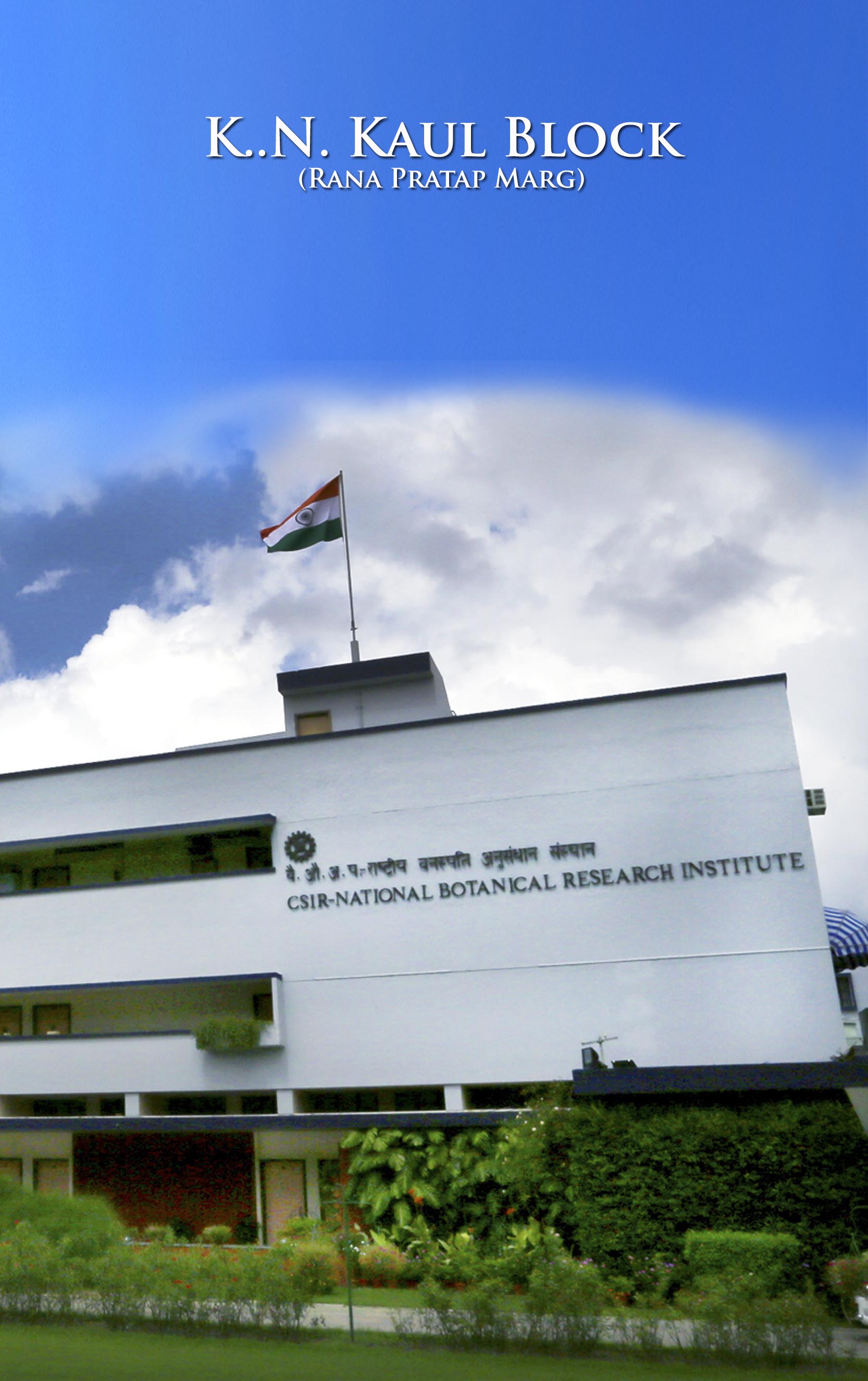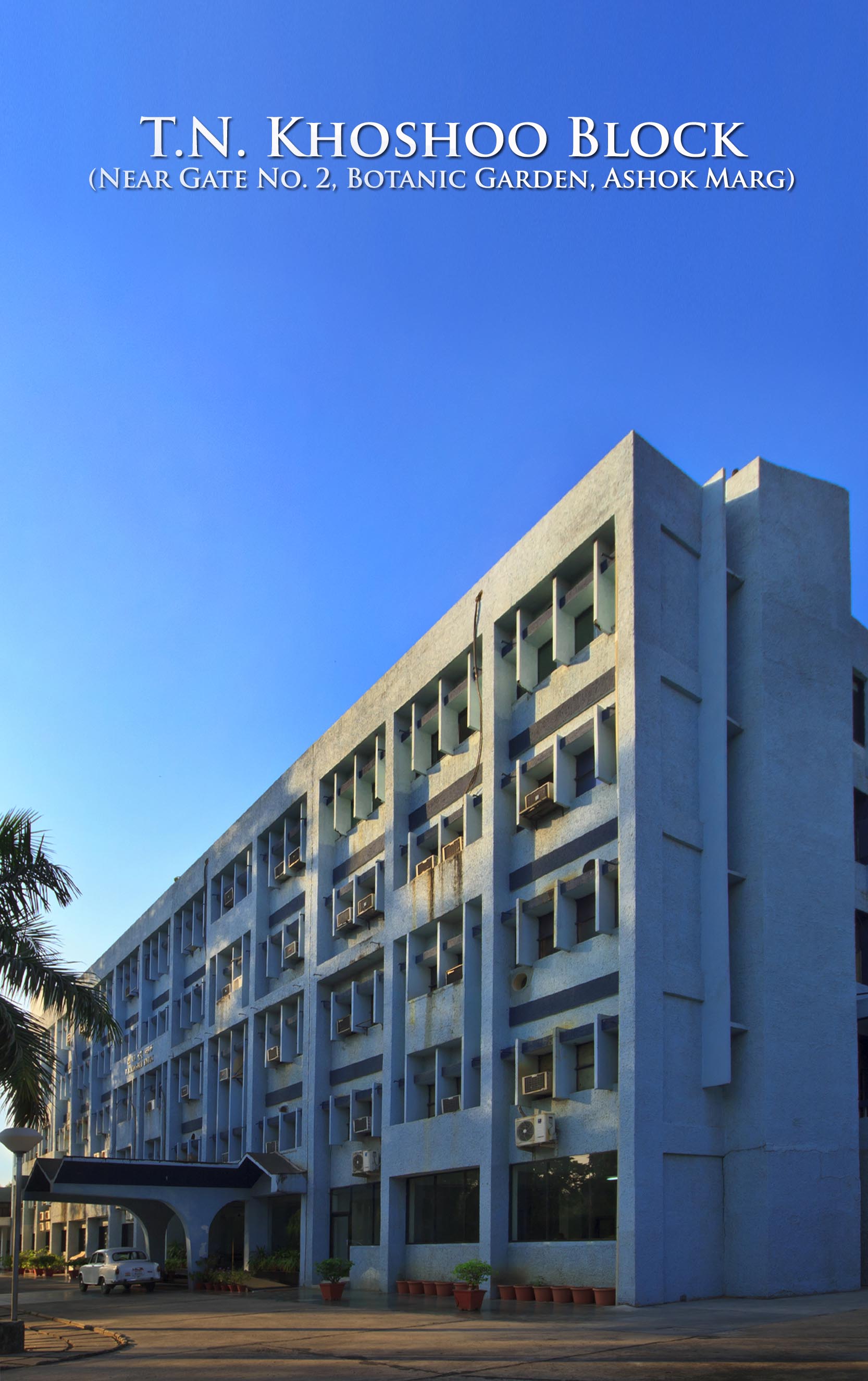
The Government has selected 115 backward districts of country as aspirational districts for rapid transformation by 2022 in line with Government’s vision to create ‘New India’. The NITI Aayog has selected these districts, based on six socio-economic parameters, pertaining tohealth and nutrition,education,financial inclusion and skill development,agriculture and water resources andbasic infrastructure. CSIR is also contributing to the cause, and our institute is working in the three aspirational districts; Siddharth Nagar and Shravasti in Uttar Pradesh and Nabarangpur in Odisha.
Common Features:
These two districts are situated in Terai belt bordering South Eastern Nepal in the outer foothills of the Himalayas. A large number of small seasonal rivers flow through the Terai, most of which originate from the Siwalik Hills. The soil in the Terai is alluvial and silt loam textured. Agriculture is the main source of earning in both the districts. The farmers grow local scented rice varieties, Kala-namakin Siddharthnagar and Shyam-Jeera in Shravasti.
Identified Generic Problems
• rain based agriculture,
• agricultural diversification along with buy back mechanism for the crops,
• nutrition security to malnourished population and
• burning of agricultural wastes.
Kala-namakand Shyam-Jeera are costly scented varieties of rice which can fetch good price for the farmers if marketed in an organized way. Therefore, bringing back the Kala-namakand Shyam-Jeera into cultivation will provide a sustainable, well adapted source of income to the farmers. Therefore, the work package will include association of CSIR-NBRI with a local SHG/Co-operative societies/FPO through which the CSIR-NBRI technologies will be deployed in the two adopted villages, one each in the two districts. The agronomical problem associated with Kala namkand Shyam jeera scented rice variety is a cause of its declining cultivation. These problems include low production 5-10 q/ha, lodging due to long plants and lack of effective market linkages. Because of these problems, the farmers are switching from Kala namakto other crops or rice varieties. Besides, imbalanced use of the nutrients in agriculture has resulted in nutrient and micronutrient deficiency in the cereal crops in the districts. Production cost of traditional crops is increasing and the selling price remains low. These factors have forced the farmers to shift towards other crops that have the potential for better returns compared to the traditional crops. In this backdrop, the cultivation of non-traditional crops is less risky in terms of the incidence of pest attacks, diseases and price fluctuations, and has potential returns. There is great scope of cultivation of floricultural and aromatic plants.
On Campus training programme for the farmers of two aspirational Districts of Shrawasti and Siddharthnagar, under CSIR-HARIT programme on 25-26 March 2019

CSIR-NBRI organised two days training programme under CSIR-HARIT programme on 25-26 March 2019, for the farmers of two aspirational Districts of Shrawasti and Siddharthnagar at Distant research Centre,Banthara. Total 30 participants through respective KVK participated in the residential programme. The programme was inaugurated on 25 March 2019 afternoon by Director CSIR-NBRI Prof SK Barik alongwith incharge DRC Dr SK Tewari,Chief Scientist. The activity was coordinated by Dr Sanjeev Kumar Ojha.
Director welcomed all the participants, and highlighted the need of such programmes especially for the training of farmers, and deployment of green technologies to the two aspirational districts in particular.There were total 10 lectures delivered and field visit cum demonstrations has been done.Dr Lal Bahadur delivered first lecture on Soil testing and Soil-nutrient management. DrSuchi Srivastava talked about biologial control of Fusarium and management of other diseases. Dr Poonam C Singh told about technology for economical use of rice straw. Next day,Dr Sanjeev Kumar Ojha delivered a lecture about health management through medicinal plants, DrTalever Singh Rahi delivered a lecture on agricultural practices and economic use of Aloe-vera, DrManjusha told about livelihood options from bio-resources, DrDevendra Singh discussed about non traditional aromatic crops Tuberose and Vetiver. DrPuneet Singh Chauhan and his team demonstrated the use of niofertiliser for better crop production. MrBhagwan Das and Mr Suresh Kumar Sharma demonstrated the farmers in the field.In the last Dr SK Tewari told about agricultural aspect of medicinal and aromatic crops. Dr SK Ojhaproposed the vote of thanks to participants and Dr Tewari distributed the certificates to the participants.
Farm based S&T interventions for socio-economic development in the aspirational district Nabrangpur, Odisha
To improve the socio-economic conditions of Nabarangpur, one of the most backward tribal dominated districts of the country, CSIR-NBRI is working on the following technological interventions and deliverables:
Curcuma longa L. (for leaf essential oil) var. Kesari
A cold tolerant variety of Turmeric (Curcuma longa L.), has been developed which apart from giving high rhizome yields, can also be a source of essential oil. Around 200 days in case of other varieties of North India which senesce with the onset of winters, Kesari grows for 230-240 days which ultimately reflects in terms of high yield (30-35 tone/ha) due to longer growing period. To extract the highest quantity and best quality leaf essential oil, leaves were harvested at three stages; viz. green, partially senesced and fully senesced. The leaves were hydro-distilled. Minimum amount of oil (0.88%) is obtained from green leaves whereas fully senesced leaves have 1.40% oil. The highest amount of leaf essential oil (1.70%) is obtained from partially senesced leaves. The major constituents are α-Phellandrenes (32%), terpinolene (26%), p-cymene 5.9%) and 1,8 cineole (6.5%). CSIR-NBRI shall provide the planting material of Kesari variety rates along with technical guidance for cultivation, harvesting of leaves and extraction of leaf oil. The field distillation unit shall be provided by CSIR-NBRI to a central/state government body free of cost.

Bio-fertilizers: Microbial bioinoculant based technology for plant growth promotion and stress management
CSIR-NBRI shall provide the well tested, efficient strains of bio-inoculants to the beneficiary department of state government.Two entrepreneurs/participants recommended by Department of Agriculture, Odisha (Uma Shankar Sabuja Dunia Limited, Nabrangpur) attended 50 hrs of intensive training and successfully cleared the assessment for the Skill Development Programme. These nominated participants from Department of Agriculture, Govt. of Orrisa will develop the biofertilizer production unit at Nabrangpur in collaboration with CSIR-NBRI. Two trainings cum workshops for popularization of biofertilizer usage for the farmers of Nabrangpurhave been organized on November 8 & 9, 2019. About 150 farmers participated and received biofertilizer packets of PSB and Azotobacter for demonstration.

Dehydrated Floral Crafts Centre for empowering women
Dehydrated flowers and foliages can be utilized for development of various distinctive and artistic decorative products from these. Dehydrated flowers and foliage are excellent due to their special beauty, long lasting value and can be enjoyed in any season. Dehydration technology can also be exploited for dehydration of promising colourful cut flowers in its original colour and shape for long term enjoyment and for commercial utilization of unutilized/underutilized plant species. Dry flowers that are near natural, dried and preserved, have an everlasting value that can be cherished for longer periods and require little care. Dry flower market has grown exponentially as consumers become “eco-conscious” andchoose dried flowers as the environmentally friendly and biodegradable alternative to fresh flowers. The technique has been simplified in such a way that any group of people including uneducated rural men/women can learn it within two to three days.
